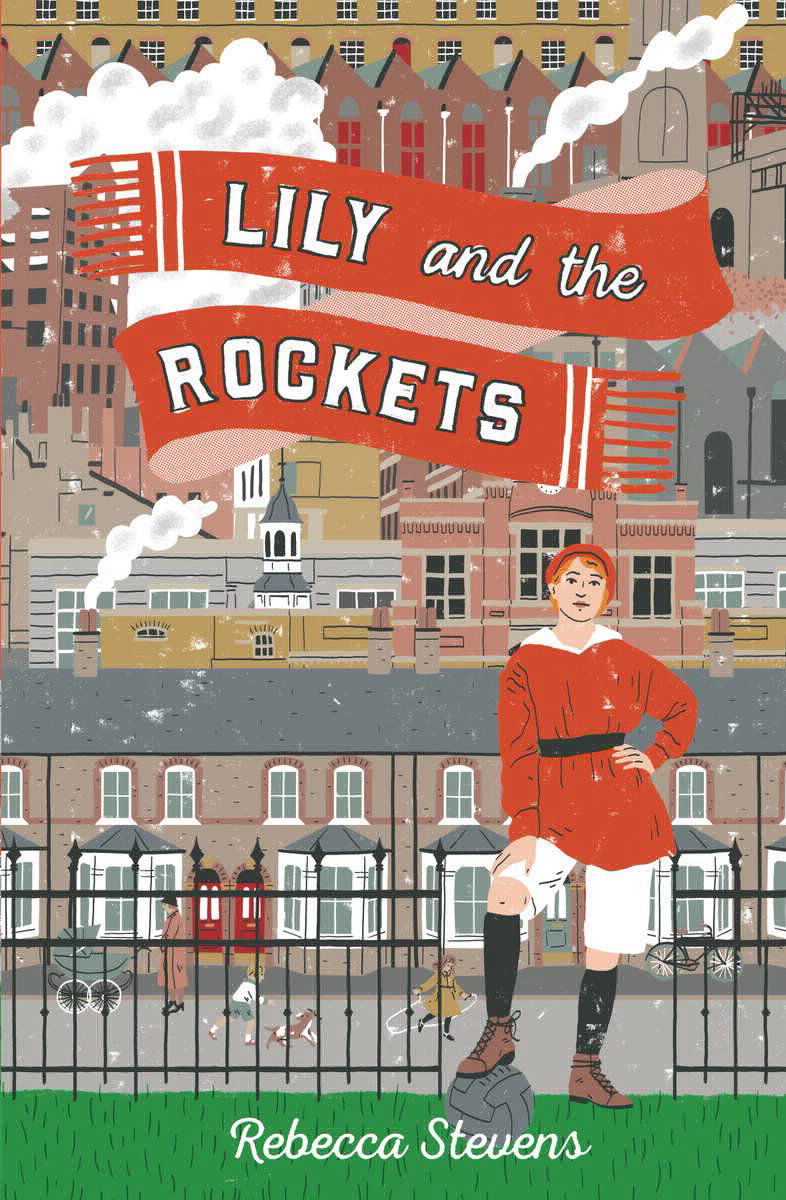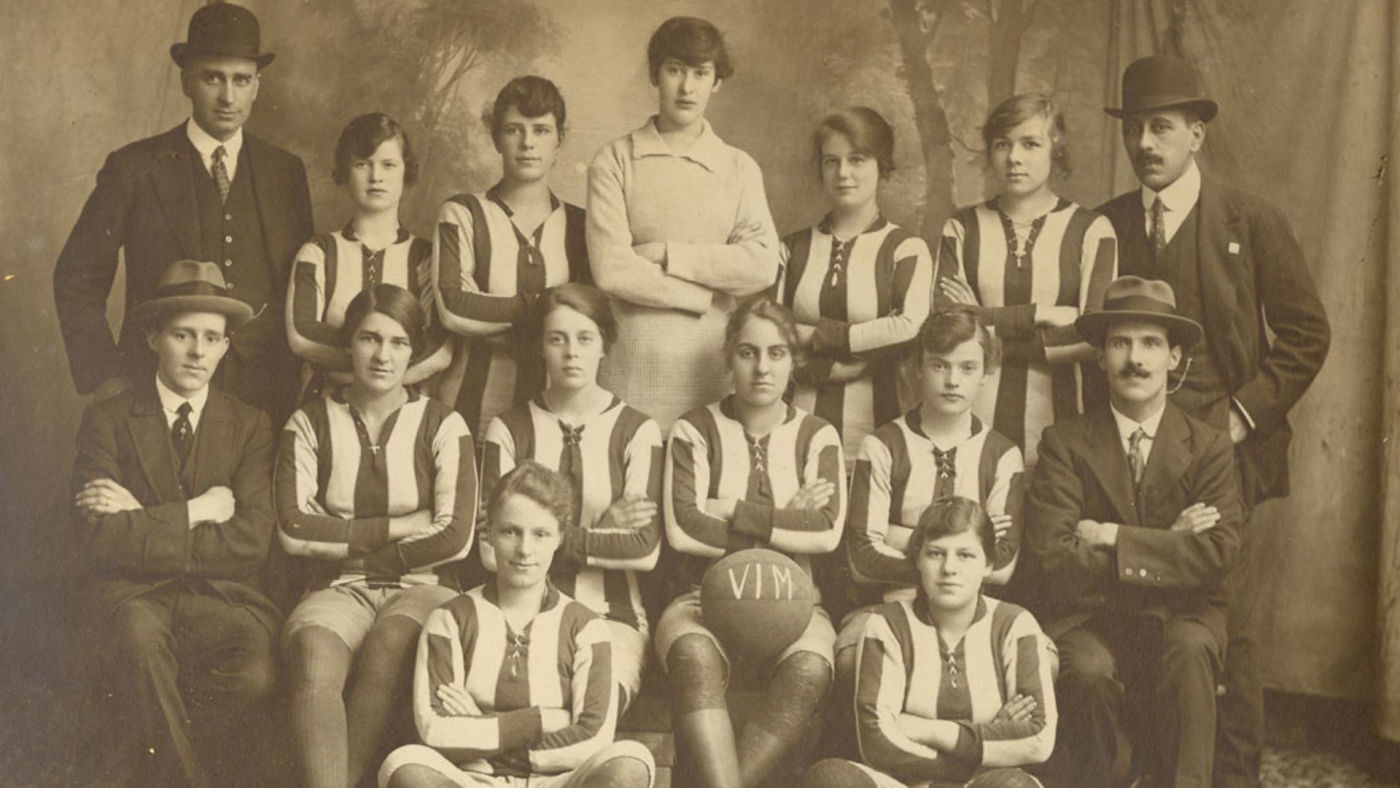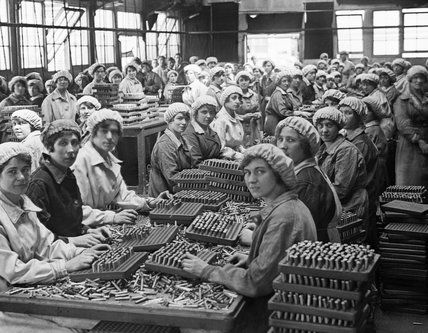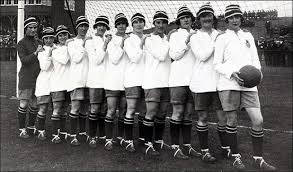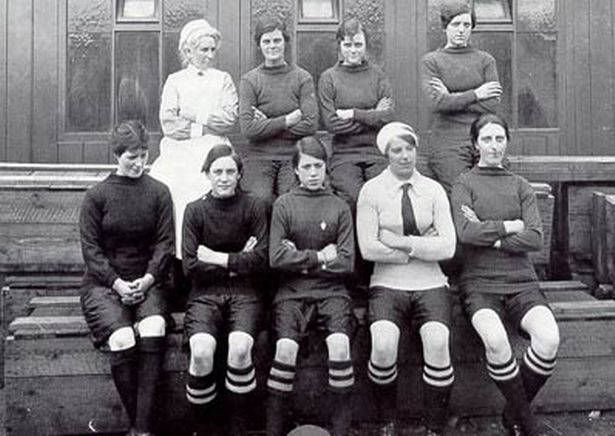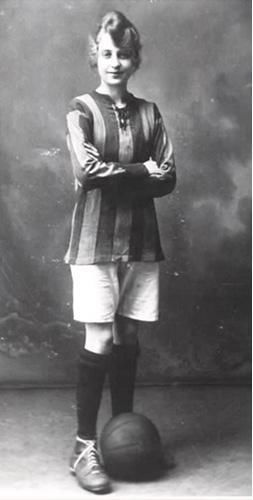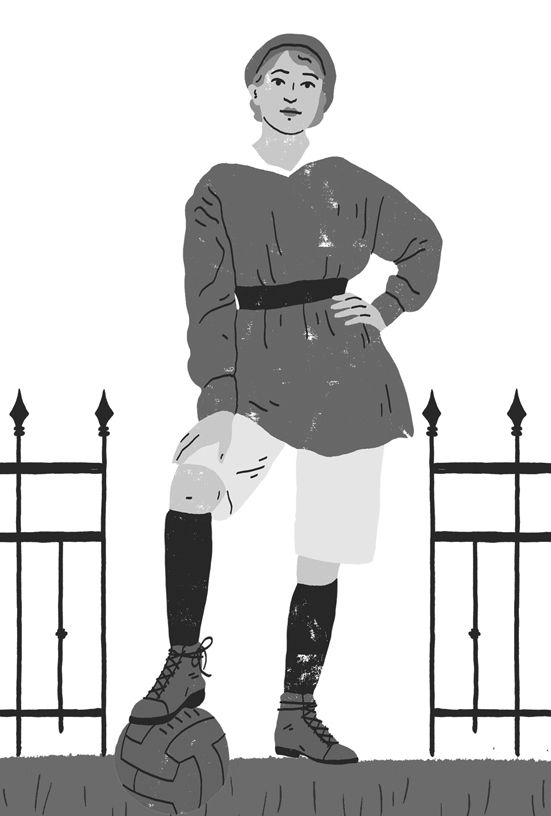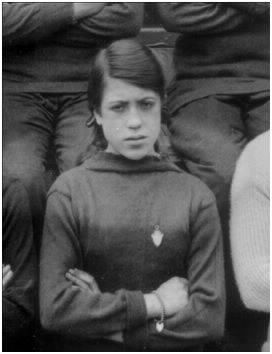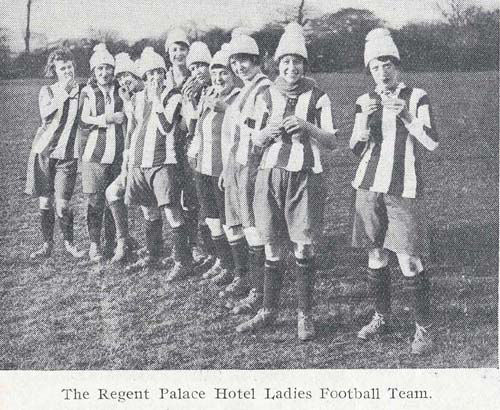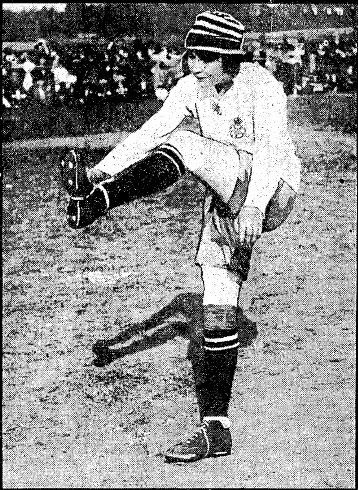Lily Parr started playing for Dick, Kerr's Ladies when she was only fourteen. She scored forty three goals in her first season and went on to score nearly a thousand in her playing career. Like my Lily, Lily Parr was a tall girl, nearly six feet, who was said to have a harder shot that most male players. One of her team mates wrote that she'd never seen any woman - 'nor any man' - kick a ball like Lily. When a professional male goalkeeper challenged Lily to get a shot past him, she accepted and went on, not just to score, but to break his arm with the power of her shot. So I didn't just borrow Lily Parr's name; I borrowed a story about her. I don’t think she'd mind.
Lily Parr didn't stop playing football when the FA banned the women's game. She went on to play for Preston Ladies until she was forty five and lived long enough to see the day in 1971, fifty years after the original announcement, when the Football Association finally lifted the ban on women's football.
When I said that many people think Lily Parr was the greatest female player of all time, I should've added two words. So. Far.
Lily Parr was the greatest female player in the world so far.
Now it’s your turn.
